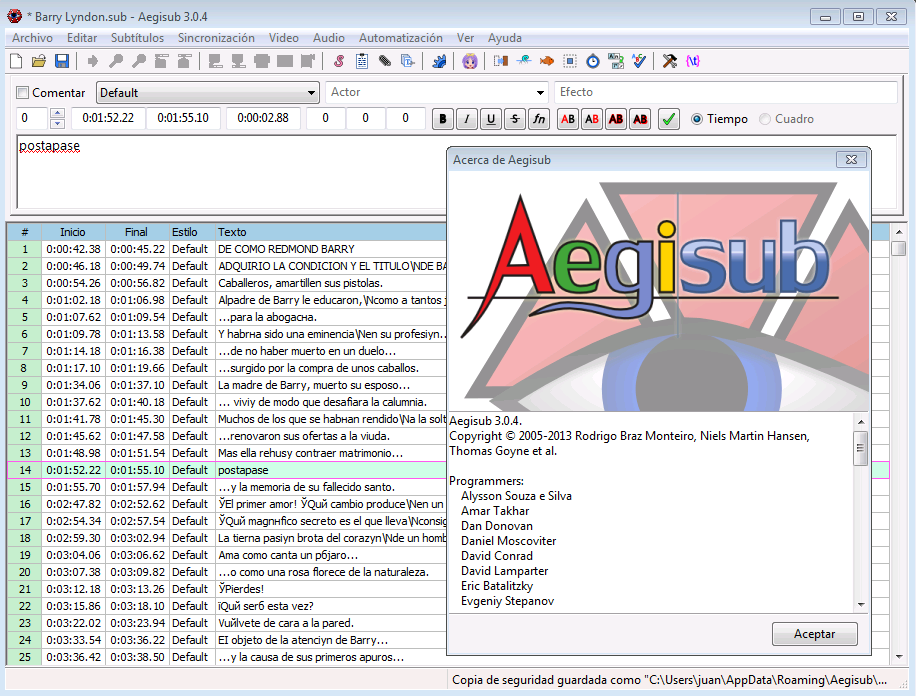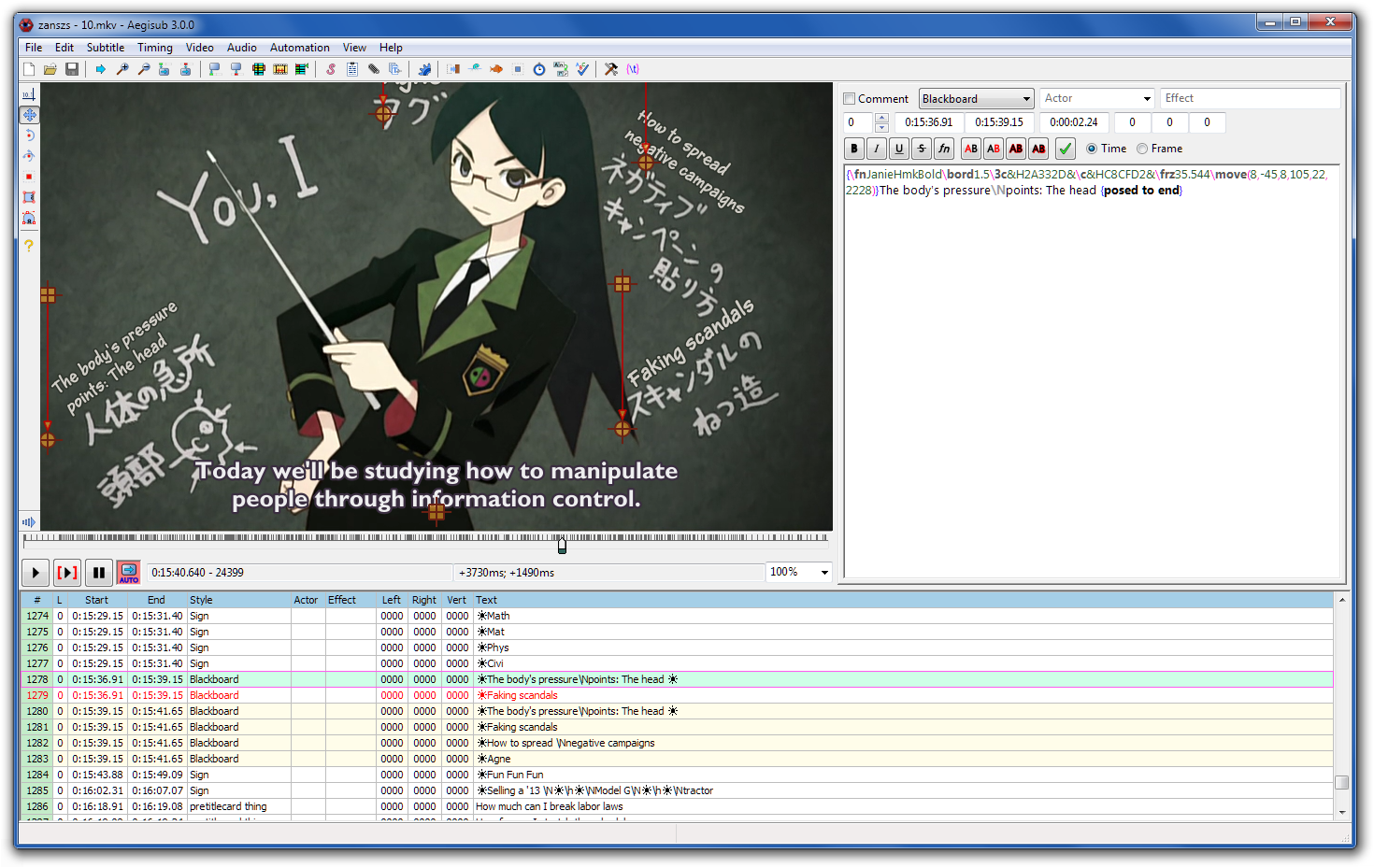

Jordan Brand celebrates Kobe Bryant’s first Kobe Bryant Shoes year out of the NBA with a special edition Air Jordan 9 Kobe release.Dressed Kyrie 2 in a White, Concord and Tour Yellow color scheme. The LeBron Soldier 10 not only matches the golden sneaker trend to LeBron 10 a tee with white and gold throughout, the shoe actually looks like one of Jordan Basketball Shoes the PEs that LeBron James wore in the NBA Finals.You can pick up either kobe bryant shoes the KD 9, Kyrie 2, or LeBron Soldier 10 in the Nike Basketball Gold James Harden Shoes Medal Pack at the links below each picture: Both the Kyrie and KD models feature red to Curry 3 Dub Nation match the USA jerseys, while the former features a black upper and an icy Kobe 6 blue sole. This is why only the border blurs when you use \be or \blur along with a border, and why the fill does blur when you use blur on lines with no border: The fill bitmap is rendered on top of the blurred border, even though the border blur extends below the fill.Īfter a decisive Gold Medal-winning game over Serbia, Nike Basketball commemorates the achievement with a KD 9, Kyrie 2, Curry 3 USA and Lebron Soldier 10.Each sneaker’s theme within the pack is simple, a touch of Kobe 10 gold mixed with other colors. no border) the blur is applied to only the fill bitmap. If there is a widened region bitmap, it is applied to that one only and the fill is left alone. The blur effects are applied to the bitmaps, either to the fill or to the widened region bitmap.
#Aegisub how full
I wrote above that the fill and widened region bitmaps are black/white bitmaps, so what about colour? The bitmaps are simply re-coloured with the selcted colour during painting, or more correctly, used as alpha masks to paint a frame full of the colour.

In that case, the fill is painted as-is, but the shadow is also painted using the fill. Things work a little different when there is no border. the border is the part of the widened region that is not also in the fill. When the line is to be rendered, the fill bitmap is used as-is for fill, the widened region is used as-is for shadow, and the border is generated by subtracting the fill from the widened region, ie. This is entirely correct, because it is used for rendering not just the border but also the shadow. You might notice that the widened region looks a lot like the shadow. the outline is expanded outwards, but the entire fill is still kept. The widened region is the fill bitmap modified in a way so it's effectively "embolded", ie. If there is a wide outline, it allocates an additional bitmap that will contain the widened region. It then sees if the text should have a "wide outline", ie. When a subtitle is to be rendered, VSFilter first creates a bitmap of the text fill. Colour is applied during the painting-step, this is described in detail below.

When I talk about bitmaps in this post, they are single-channel bitmaps, ie. I might discuss the detailed algorithm later. I am keeping things simple here, there are some technical details in the actual implementation I'm skipping over because they aren't relevant for the discussion, although they actually impact the actual algorithm used greatly. (When I write "text" here it can just as well be a vector drawing made with \p1.) what you see if you disable border and shadow. The fill is the main shape of the text, ie. The basic component of a subtitle rendering is the fill. The answer lies in how VSFilter internally handles fill, border and shadow, and the relationship between them. If you've ever used the \be or the new \blur tag you might wonder, why do they blur edges and not everything?


 0 kommentar(er)
0 kommentar(er)
